Secure Your Organization with Azure Active Directory
Chelsea Sauder • September 6, 2019
When it comes to Azure Active Directory, it is often written off as something only major enterprises use – that is changing.
Microsoft Azure Active Directory (AAD) is a comprehensive identity and access management cloud solution that combines core directory services, application access management, and advanced identity protection. Microsoft announced last month that they’re retiring the Basic tier of service in an effort to simplify the licensing model – meaning that there are now only 2 options which have a cost associated with them. A helpful comparison of the tiers is available from Microsoft on the AAD Pricing Page. If your company uses Office365 today, you already have many of the enhanced capabilities available to you at no cost!
Three of our favorite AAD features are Single Sign-On, Multifactor Authentication, and Self-Service Password Reset. The best part is that these are all available with every level of AAD that is offered – even the free one! Read on to learn a bit more about each of these.
Single Sign-On (SSO)
– When your organization implements SSO, it means that you can take your login credentials for Office365 – generally your email address – and use that same username and password to login to over 1,200 cloud applications like Box, Salesforce, Workday, and many more. Gone are the days of having to remember a separate username or password for every application. Once your organization is set up with SSO, it allows for seamless integration – allowing users to automatically get access to their cloud app account as soon as you’ve provisioned their account in Office 365. The reverse is also true: disabling an Office 365 account because an employee leaves the company results in their access to those third-party applications being immediately shut down as well.
Multifactor Authentication (MFA)
– Multifactor authentication combines something you know (your password) with something you have, like a trusted device that’s not easily duplicated (your phone). This combination safeguards your accounts from unauthorized access and is especially important for administrative accounts like Global Administrators. We strongly recommend MFA be enabled for all users in your organization. To support widespread adoption, Office365 AAD supports a feature called “Modern Authentication” which allows you to use the Office Suite apps you know, like Outlook and Word, with full support for multifactor authentication without having to navigate the cumbersome process of setting up a per-application password.
Self-Service Password Reset (SSPR)
– What if your users didn’t have to call anyone when they forget their password? You’re in luck! You can enable users to reset their own passwords using identity verification via a registered phone number or registered personal email address. This is extremely helpful in reducing frustration and reducing calls to your IT department (or IT person). Combined with SSO, you’ll have a one-stop spot for a user to manage their own access to common work applications. Like MFA, self-service reset isn’t turned on by default. Fortunately, with a couple of configuration changes and a brief enrollment by each user at their next login, everyone will be set to perform a reset if they need it.
Ready to take the next steps in enabling these for your organization? Contact us here
and let’s talk!
Share this post with others:
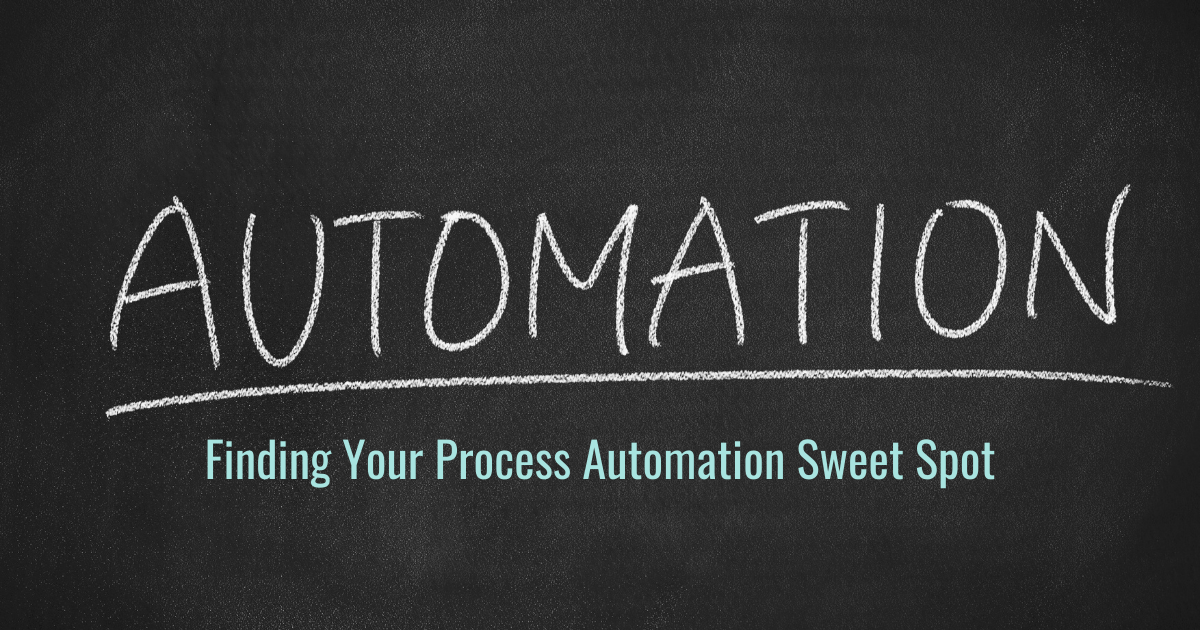
When it comes to automating processes around your business, it can simultaneously seem like everything can be automated, and absolutely nothing can be automated. As with many other things, the real answer is somewhere in the middle but can be a bit challenging to put your finger on. These projects usually start when someone at the strategic level of the organization has decreed that “we are going to automate!” and either they personally go on the hunt for what to automate or they hand it off to someone on their team to go do the leg work and come back with “automation” (maybe in a nice box with a bow on it). Sound familiar?
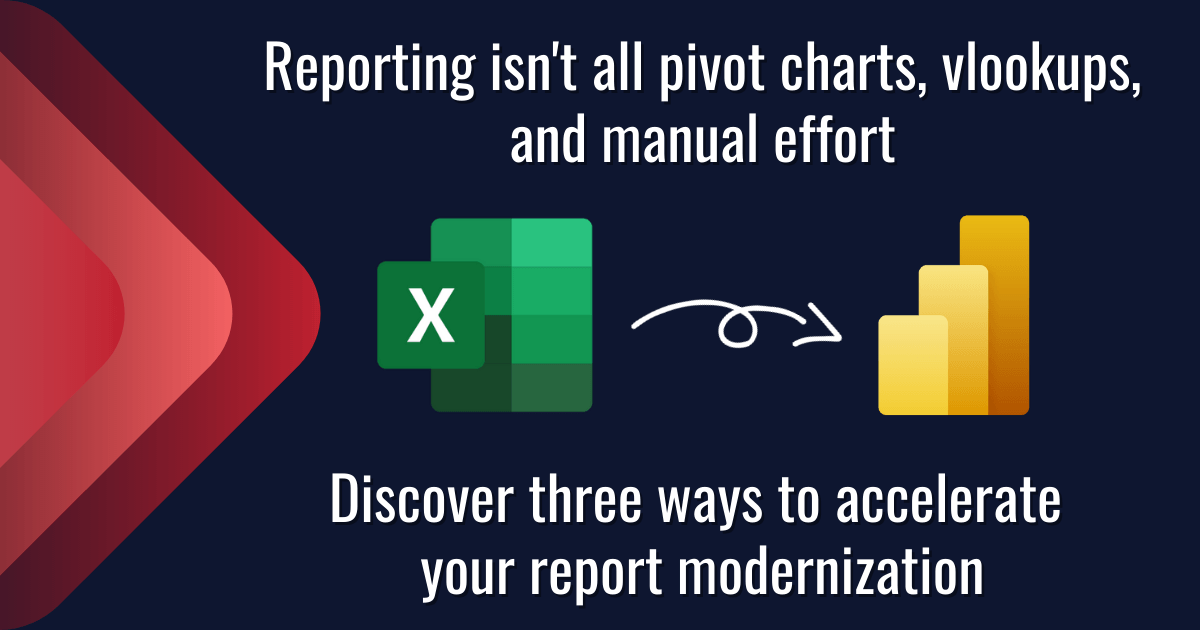
Data is everywhere. You’ve got a lot to focus on and it can be hard to stay on top of what’s going on with your business. Report creation in Excel is often time-consuming and can quickly become a nightmare. Modernizing your reports and streamlining your process with PowerBI to get more reliable and consistent reporting across all of your systems can be a game changer for your business. Read on to learn about three key acceleration tactics that our team uses on every implementation that we facilitate.
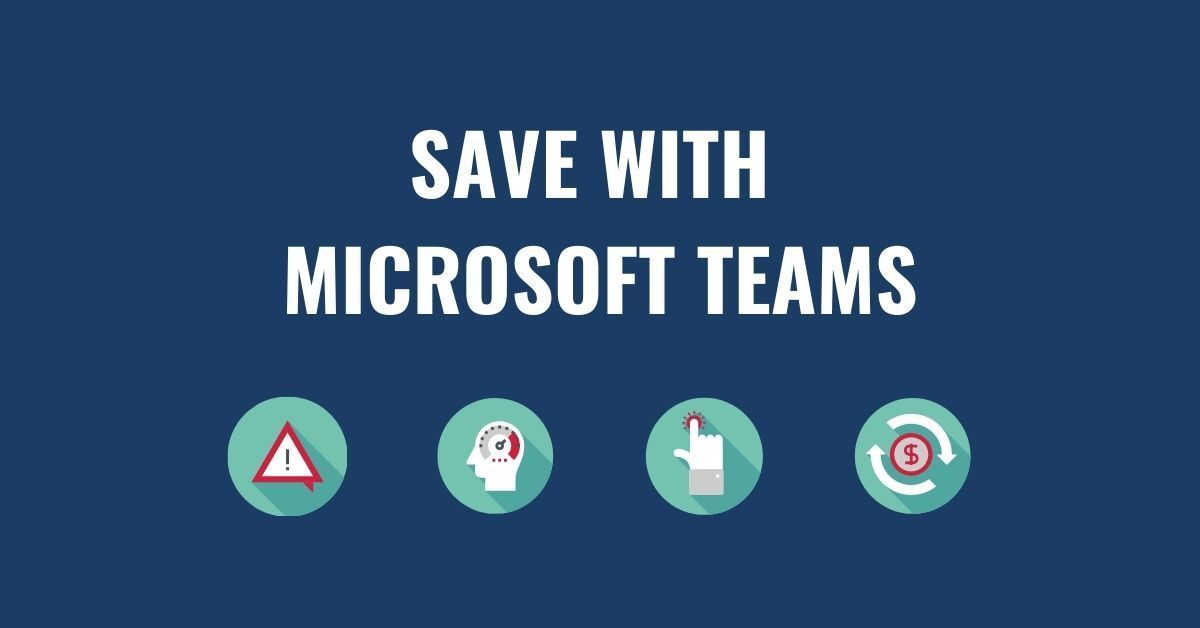
83% of knowledge workers require technology to work together. Microsoft Teams is a cloud-based collaboration and communication tool that lets workers share the right information to the right people all through one integrated platform. According to a Forrester report, The Total Economic Impact of Microsoft Teams, there are a variety of ways using Teams saves organizations time and money. Read and download the infographic to share here .
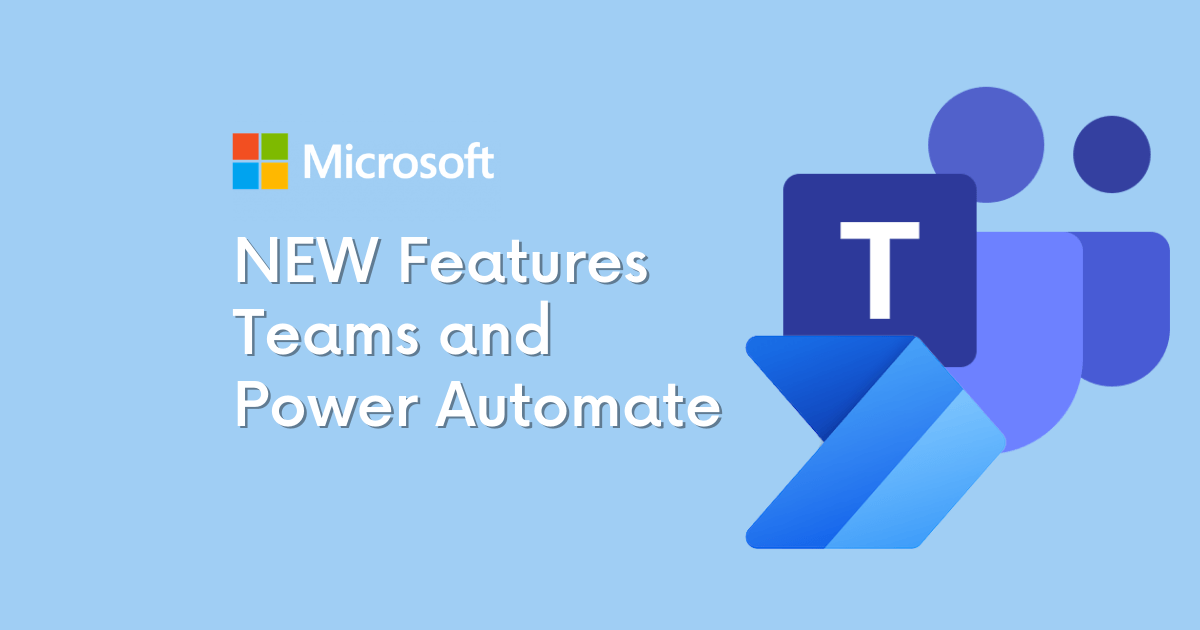
How to Get Started with the Power Automate app for Teams You can get started with Power Automate app in just 3 quick steps: Click on the … in the left-hand corner of your teams browser Search for “Power Automate” Click on the Power Automate app icon and pin it to your left-hand Teams navigation panel
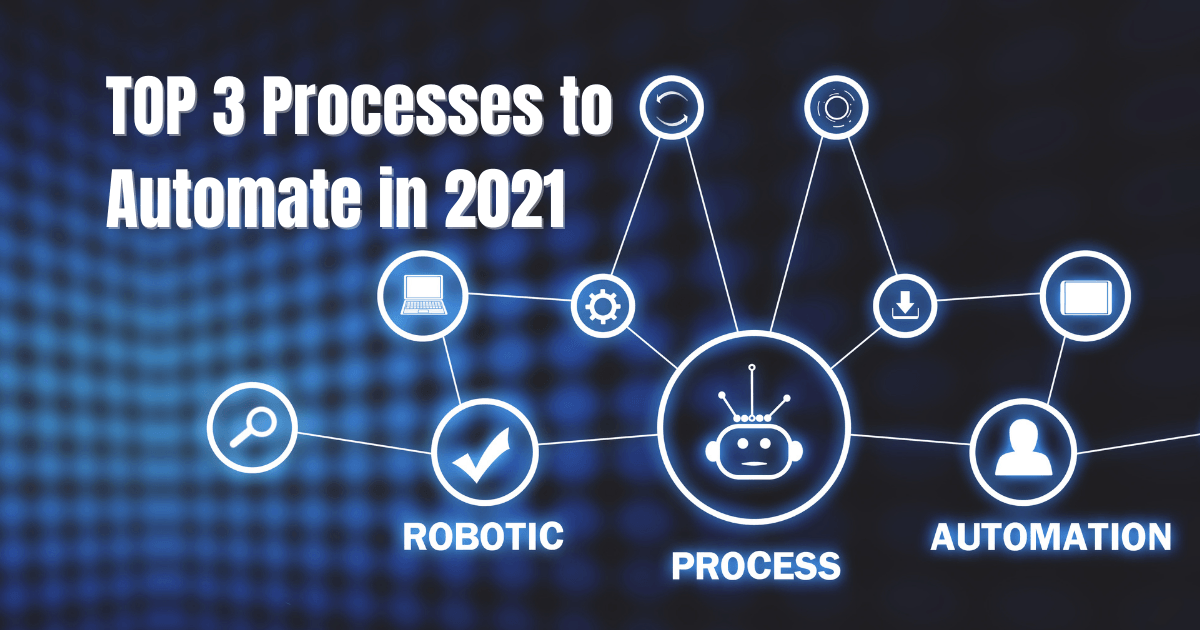
As mentioned, there are several options available for automating your business. One of our favorite low-code/no-code options is the Microsoft Power Platform. As a suite of 4 different tools, the Power Platform can automate routine tasks, customer support, data visualization, and more. A few highlights on the effectiveness of the Power Platform are:

It is no secret that 2020 and the coronavirus pandemic altered the reality of doing business. These changes are showing little signs of letting up and a lot of the adjustments made to respond to a remote workforce may very well become a permanent feature in daily business operations. As business decision makers (BDMs) and IT decision makers (ITDMs) head into a new year it is important to keep an eye out for technology solutions that can further support these operational changes while increasing efficiency. This post briefly highlights the top 3 digital solutions we have our eyes on for 2021 and our Microsoft-based clients.
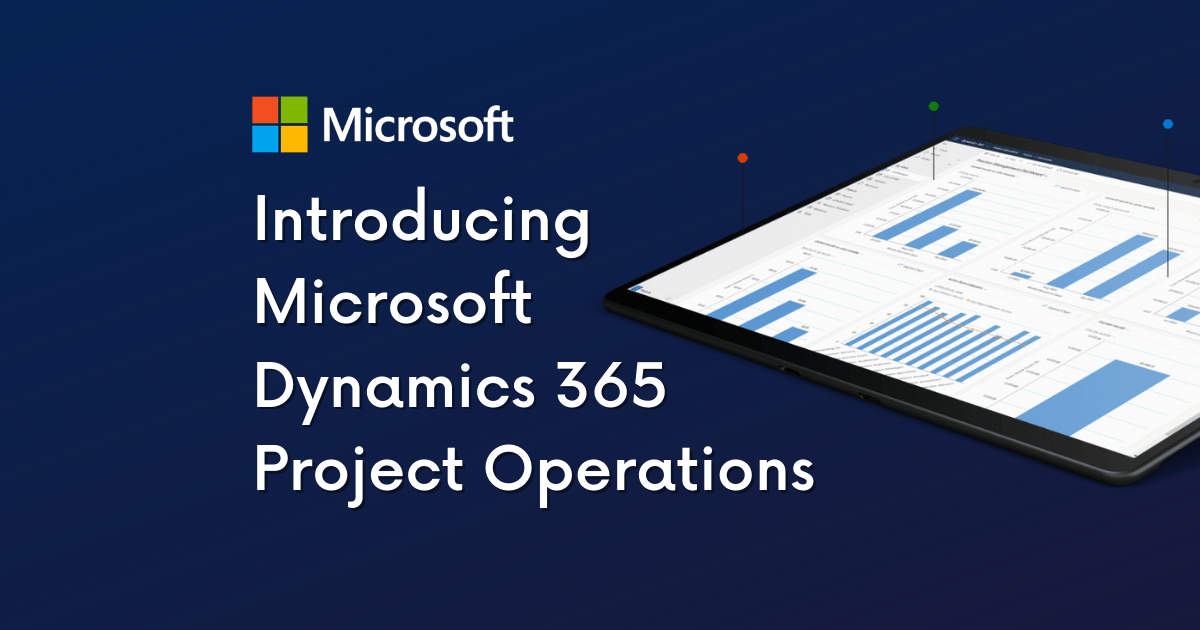
In our latest video series, Patrick Boren, Principal Consultant at TexasPGB, introduces the newest addition to the Microsoft Project family, Microsoft Project Operations. In this video Patrick discusses: What challenges Project Operations aims to solve What is Project Operations and common use cases for the tool Who uses Project Operations Upcoming "Day in the Life" Sessions Watch the video or read the condensed transcript below.
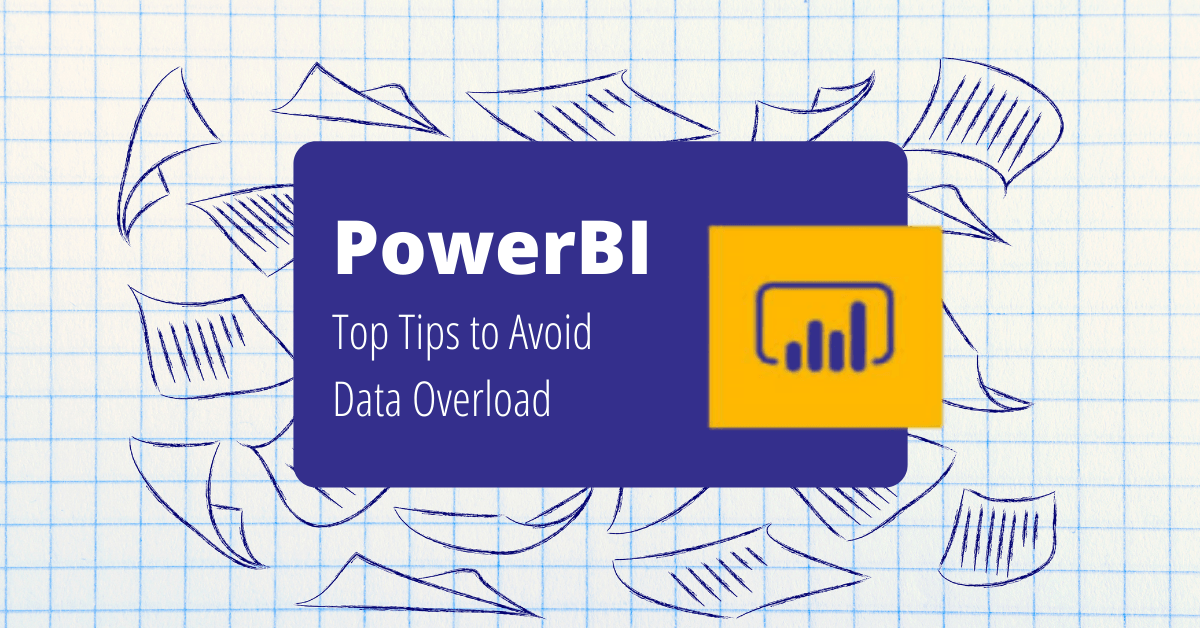
Having a wealth of data at your fingertips is great, but what happens when your data is so vast that it takes you years to make a key discovery? A friend of mine told me a story recently about an experience he had. His first company conducted a VP meeting every quarter – everyone scrambling to put together their presentations and make their case based on the data from Excel spreadsheets. Departments and information tended to be segmented into silos. While much of the data could be shared across the company, rarely was it compiled in a way to show how one area of the business could affect another.
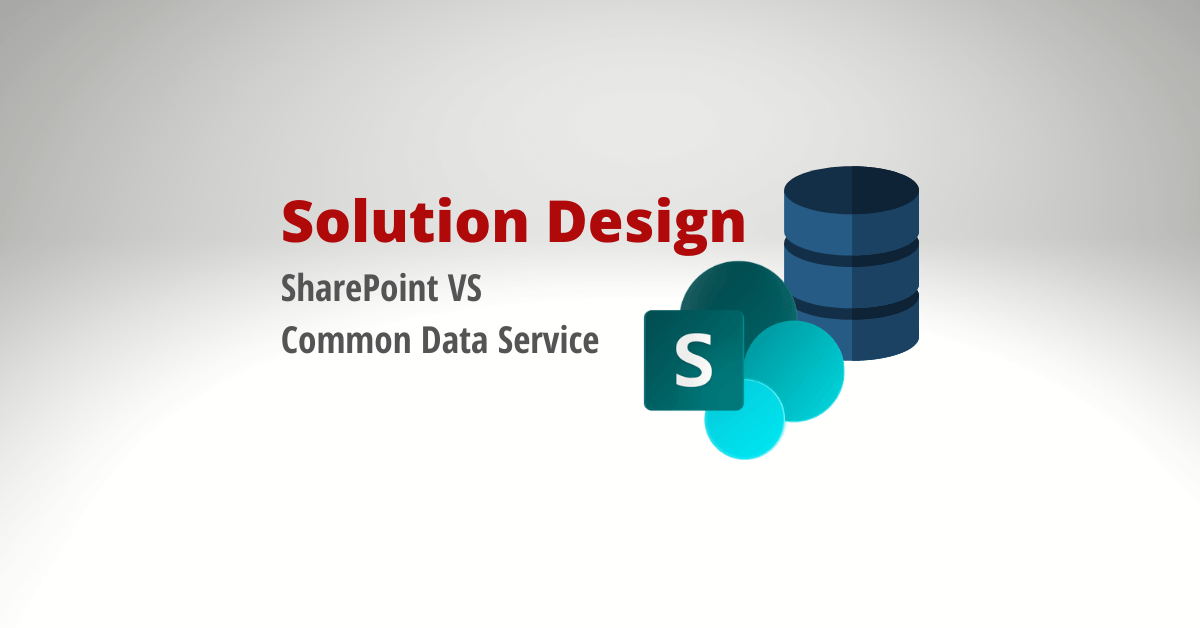
If you are looking to migrate your data to Microsoft 365 there are two common methods to funnel your data - SharePoint or Common Data Service (CDS). SharePoint solutions take advantage of lists and libraries. Data is housed, originated, and manipulated entirely within the SharePoint platform. CDS solutions use both standard and custom entities to collect and house data that is then integrated across the Microsoft 365 platform. Below we will review a few ways each method is different and what you should look for before making a final decision for your data migration plan.
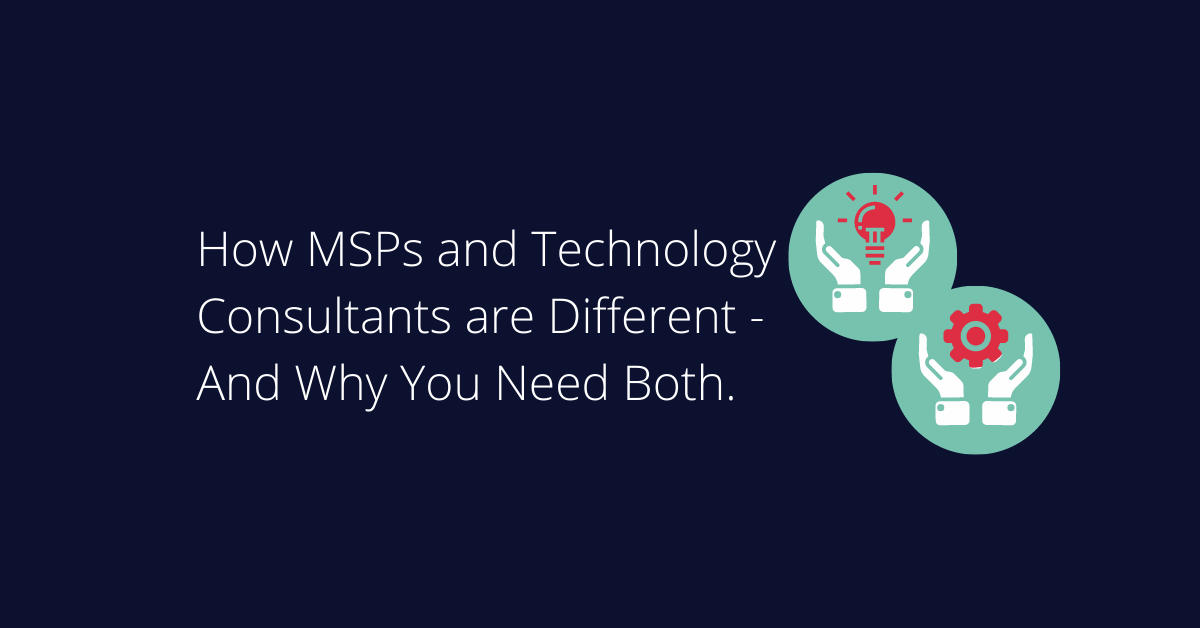
When it comes to technology, do you have a one-size-fits-all vendor? In today’s world of cost cutting, we see more and more organizations that end up missing out on huge technology opportunities by assuming a single vendor can and will do it all. As a technology consulting firm, we’re frequently asked “aren’t you the same as my managed service provider (MSP)?” Fortunately, for those that ask, we’re able to shed light on how a Technology Consulting Firm varies from an MSP.

